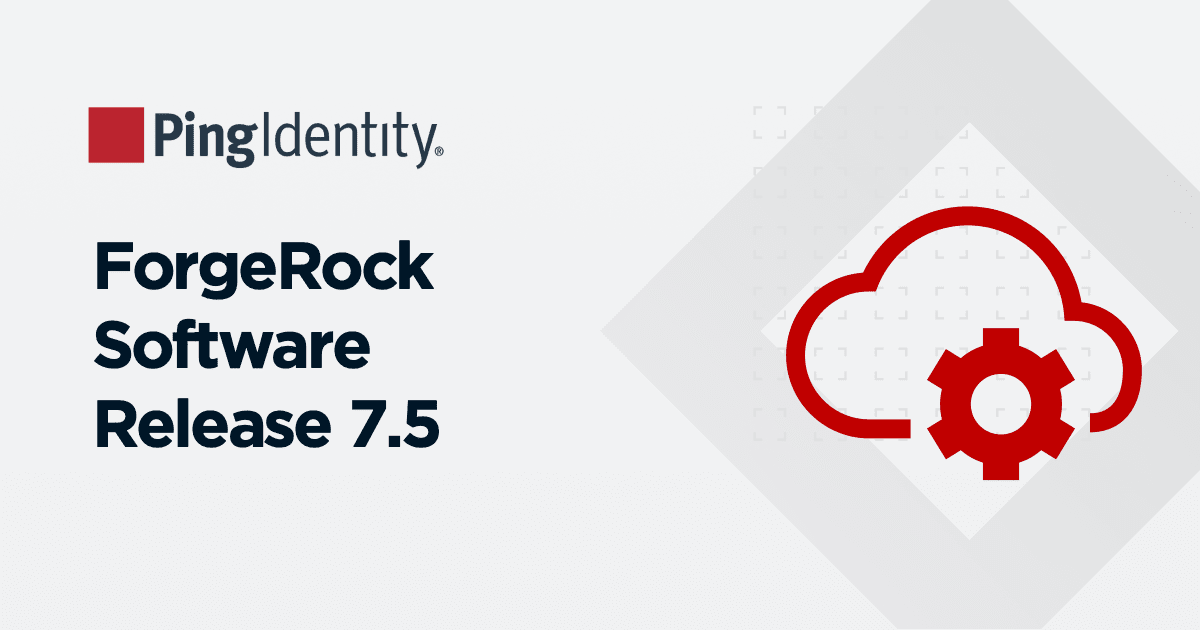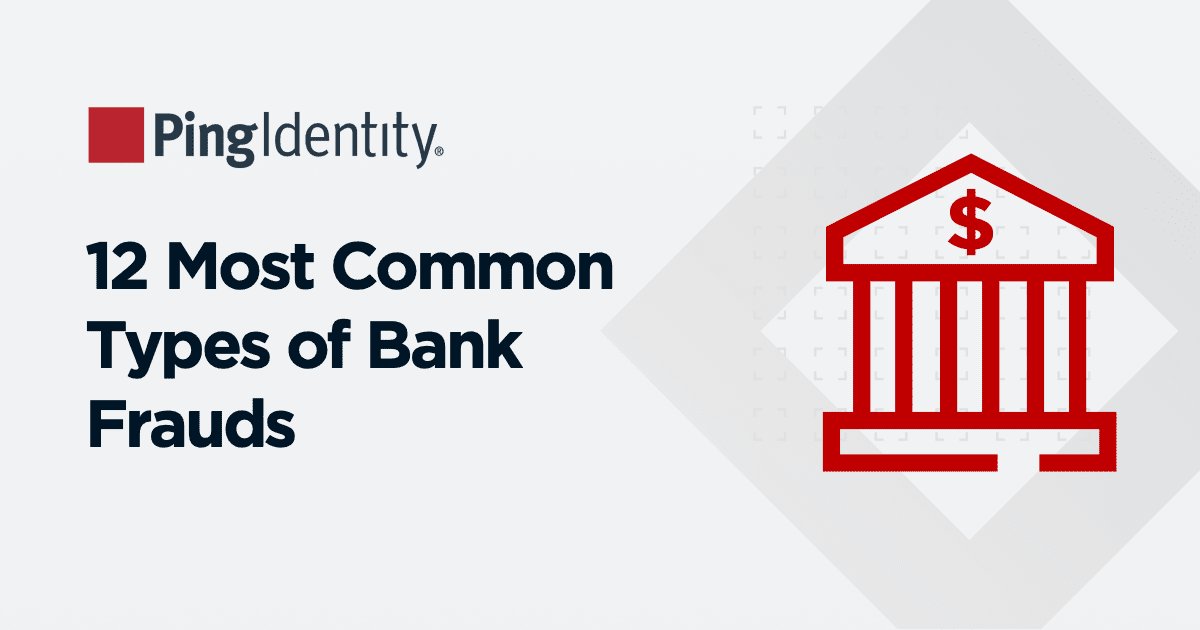The financial services industry is undergoing a transformative shift towards an open ecosystem. This shift is sending waves throughout the economy, disrupting the way financial data is used across retail banking settings to offer consumers personalized value-added offerings.
Together, open data and open application programming interface (API) technology have become a significant driver of change. Government regulators and banking industry professionals have had to adapt to an ecosystem shifting towards principles of free, accessible, and available data. And it's gaining momentum quickly.
In the two years spanning November 2020 to November 2022, the open banking tracking site, banq, went from tracking 535 financial institutions that provide open banking services to tracking 2,938 of them. In the U.S., the market for open services is expected to grow 27.6% between 2023 and 2030, according to Grand View Research. The surge in service providers is a result of the growing open data economy and new regulations around the world.
In 2008, following the financial crisis, the U.S. government mandated open banking, although the regulation that is making it possible, Personal Financial Data Rights, wasn't passed until October 2022. The EU passed legislation allowing open banking, known as the Payment Services Directive (PSD2) in 2015. Government regulations and industry interest are accelerating open banking around the world, changing the way consumers interact with their financial data.


